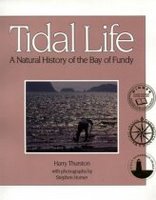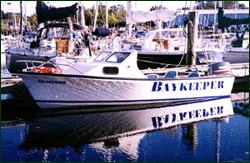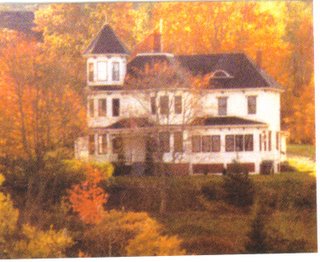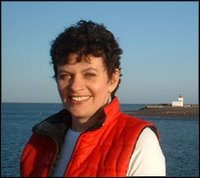 The Bay of Fundy lobster season closes in our area (zone 35) tomorrow so our Christmas day feed was well-timed. We piled a dozen lobsters on a platter in the middle of the table then dug in...gives a whole new meaning to all-u-can-eat! I don't think I'll quit my day job to become a food photographer but my first 2-pounder was every bit as appetizing as it looks in this photo!
The Bay of Fundy lobster season closes in our area (zone 35) tomorrow so our Christmas day feed was well-timed. We piled a dozen lobsters on a platter in the middle of the table then dug in...gives a whole new meaning to all-u-can-eat! I don't think I'll quit my day job to become a food photographer but my first 2-pounder was every bit as appetizing as it looks in this photo!
The Department of Fisheries reports that they were spotted in the Gulf of Maine as they ventured further south.
Officials and conservation groups say the whale's eventual departure caps a bleak season that saw the loss of two females and the deaths of a calf and adult that were hit by ships in the summer feeding grounds.
Two whales could have produced in excess of 20 calves over their lifetimes - a vital contribution to a population that has dwindled to about 320 worldwide after years of being slaughtered, dying in gear or being struck by ships.
About 19 right whales were born this year, but one calf was killed and a pregnant female died in U.S. waters.
Scientists and ecologists are hoping to reduce the risk of ship strikes by pressing the International Maritime Organization to make the Roseway Basin an area to be avoided by large vessels. Whales migrate to the basin, a diverse ecosystem rich in marine life off the southwest coast of Nova Scotia, every year to feed on plankton and other food sources.
Lori Murrison of the Grand Manan Whale and Seaboard Research Station said Transport Canada has approved the initiative to issue an advisory to seafarers and is optimistic the international group will approve it, possibly next year.










































